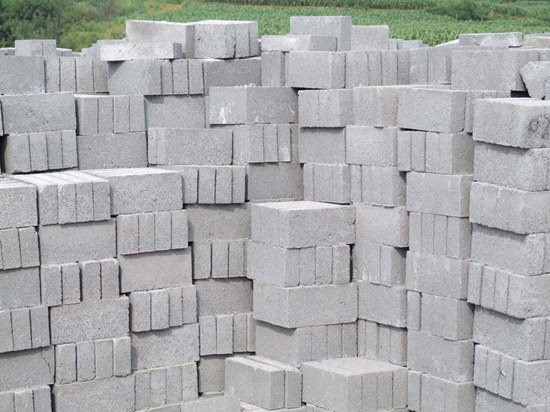Professional solutions on concrete addtives, Concrete Foaming Agent, Superplasticizer, CLC Blocks Additives, and foaming machine
(The Use of Plasticizers in Concrete)
A plasticizer is a chemical that reduces the water intake of concrete, making it more workable. In addition to allowing construction workers to mold the concrete into crevices and gaps, it also increases the strength of the finished product. Fritz-Pak offers a variety of plasticizers for different applications.
The cement particles adsorb the plasticizer molecules and this results in a change in the surface charge of the particle, which creates the repulsive force known as zeta potential. This force prevents the close approach of cement grains and causes dispersion. This increase in plasticity and hydration of the cement helps to reduce the amount of mixing water needed. It also aids in the proper distribution of fly ash, ground granulated blast furnace slag and silica.
In most cases, a good plasticizer will also entrain air which improves the workability. However it is important to note that a plasticizer should not entrain air more than 2 percent because this can decrease the strength of the concrete.
There are several types of plasticizers that are available, including calcium, sodium and ammonium lignosulphonates (a natural product from the wood processing industry) and polyglycol esters. Lignosulphonates have been used for decades because they are a low-bleeding admixture that does not affect the rate or temperature of hydration of cement. The lignosulphonates are also low-cost and readily available. Lignosulphonates adsorb on the cement particles, changing their surface charge and creating a zeta potential that counterbalances the force of attraction responsible for flocculation. This allows for more efficient hydration of the cement and deflocculation of the aggregates.
(The Use of Plasticizers in Concrete)





